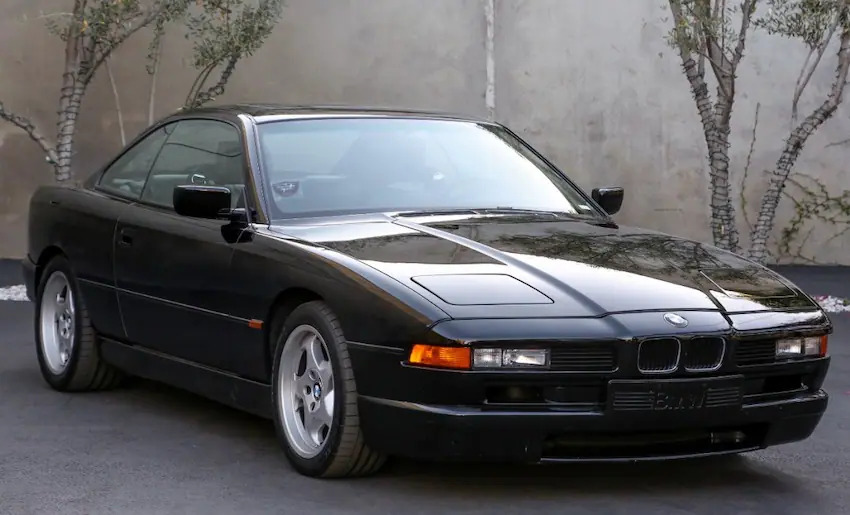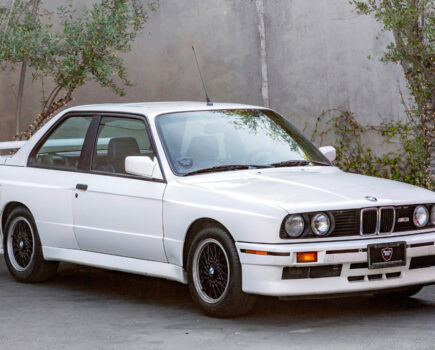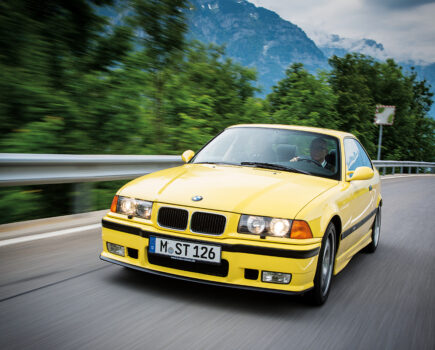The BMW 8 Series was a technical tour de force when new and is still impressive today. Here’s our essential owner’s guide
Sponsored editorial in association with Beverly Hills Car Club
BMW released the 8 Series in 1989 to some confusion from enthusiasts. It looked the part and was a suitably high-tech replacement for the outgoing 6 Series which had been in service since 1976. It was some 300kg heavier than its predecessor but added more power from a smooth, sophisticated V12 engine – plus much-improved comfort and grand touring ability.
BMW’s M division produced the lighter and sportier 850CSi in time, while the fitment of a 4.0-litre V8 in the 840Ci helped to address some running-cost concerns. 1995 saw a number of revisions, with the V12 expanding to 5.4 litres and the V8 to 4.4 litres. The V8 model gained a sport variant, which borrowed the CSi’s bodykit and chassis tweaks
Production spanned an impressive 10 years, which considering the economic climate of the time is a great achievement. Today, the 8 Series has graduated from its recent bargain-basement low point and values are on the rise for all models.
If you’re in the market, here are some tips for happy BMW 8 Series ownership.

Engine, transmission and mechanicals
Most BMW 8 Series models used the M70 V12 with a four-speed automatic gearbox. A manual gearbox was offered and is a rare (and expensive) sight today, but bear in mind that clutch replacement can be very expensive.
Known issues with the V12 include throttle body failure (these form part of the VANOS system also seen on other BMWs) and oil leaks from expired seals, so be sure to check for evidence of good maintenance before buying – and keep it up after purchase.
V8 models are also known to leak, while early cars utilised Nikasil cylinder liners that can wear away thanks to an adverse reaction with cheaper, high-sulphur fuels. We’d recommend a specialist check before any purchase – and careful use of the correct fuel during ownership if all is well.
Both V12 and V8 use a timing chain rather than a belt – no replacement should be necessary, but tensioners should be changed at the 100k mile mark.
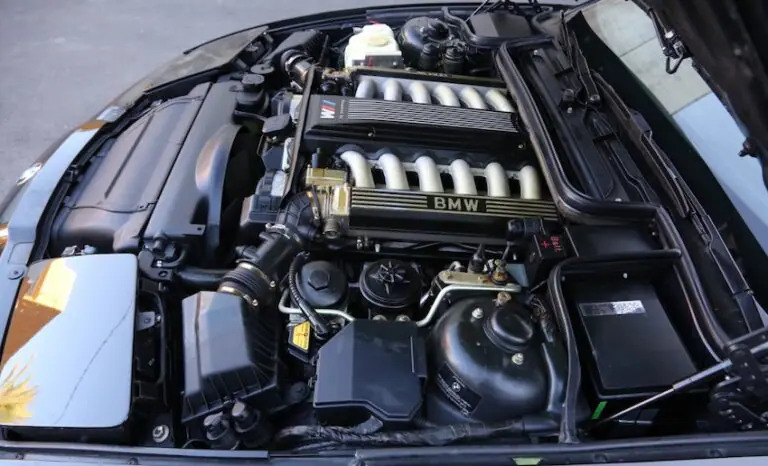
Bodywork and interior
Rust is a known problem and can be hiding in hard-to-spot areas. It pays to check – and continue to keep an eye on – wheel arches, sills, jacking points and around the sunroof if fitted.
Inside, the usual standard of 90s BMW fit and finish applies, but so too do aging electronics. The 8 Series is all about comfort so be sure to check the padding and bolsters in both front seats – a potentially costly fix.
Finding a good example
Given the 8 Series’ considerable complexity and advancing years, it pays to source an example from a reputable dealer to avoid a dog. We’d also suggest specialist servicing – many jobs are DIY-friendly, but multi-cylinder engines and complex electronics can demand professional attention.
if you’re particularly allergic to corrosion and have the requisite budget, looking abroad to drier climates is a good path to take. As an example, Beverly Hills Car Club recently sold the 850CSi you see in these images, complete with desirable six-speed manual gearbox and just over 49,000 miles on the clock.
“A car packed with cutting-edge technology, luxury, and performance was always going to be something special,” said BHCC owner, Alex Manos. “And the fact it looked so good was simply an added bonus. All things considered, it’s no surprise the 850CSi is regarded as one of the best BMWs of the 1990s.”
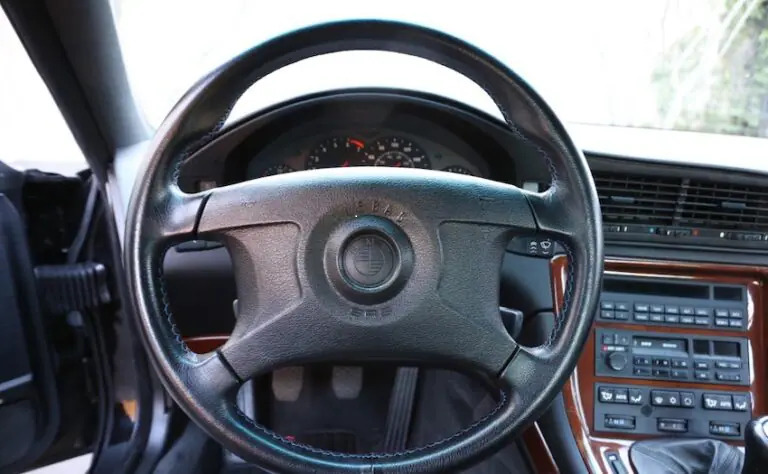
Sponsored by Beverly Hills Car Club
The automobiles sold at Beverly Hills Car Club combine all the elements of its exclusive address in Los Angeles: cars for sale that are the very last word in tasteful elegance, chic and impressive sophistication, with careful attention given to each vehicle and each client. Both national and international customers are catered for, with a huge stock of classics to choose from.
For more information and to view the Beverly Hills Car Club stock, visit www.beverlyhillscarclub.com

